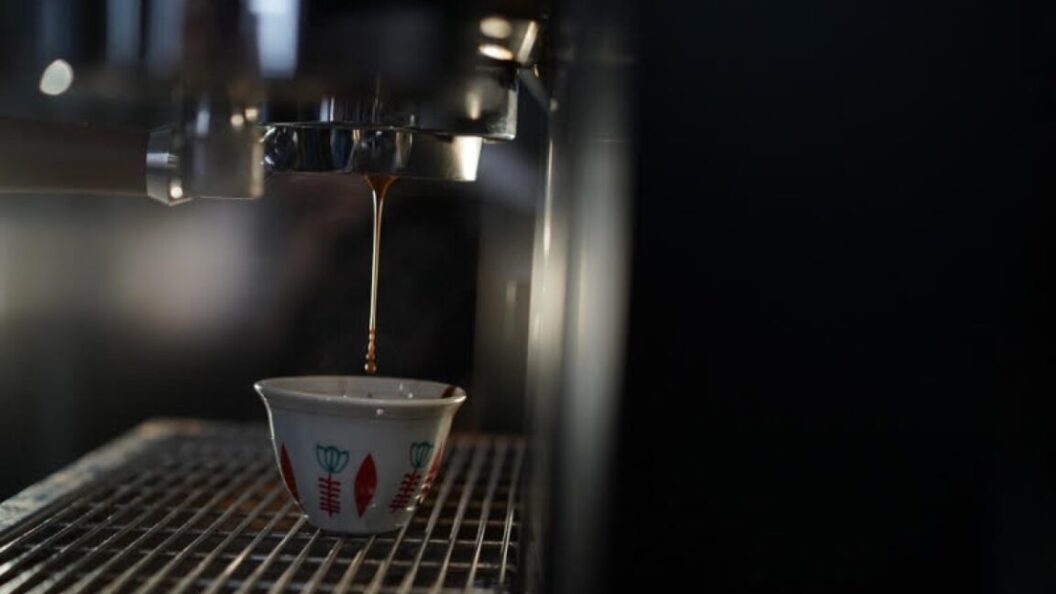Title: Scientists Unlock the Secrets of Espresso Brewing Through Innovative Experiments
Introduction: A Breakthrough in Coffee Science
In a groundbreaking collaboration that merges culinary art with scientific inquiry, researchers have uncovered fascinating insights into the espresso brewing process. Initially, the team utilized a typical home coffee machine, but with the support of Coffeelab, a prominent coffee roasting company in Poland, and CoffeeMachineSale, a leading distributor of roasting equipment, they enhanced their experiments with industrial-grade tools. The sophisticated setup not only elevates brewing standards but also marks a significant step forward in coffee science.
Innovative Equipment Enhances Research
The partnership has provided the team with state-of-the-art equipment, including advanced grinders and a high-end espresso machine. This machine is equipped with a pressure sensor, flow meter, and precision scales, all connected to laboratory laptops via microchips. Such technology enables scientists to meticulously monitor crucial variables like pressure, mass, and water flow during the brewing process, paving the way for more accurate and reliable data.
Channeling Effects on Espresso Extraction
Central to the team’s research was the investigation of “channeling,” the phenomenon where water flows through coffee grounds more easily in some areas than others, leading to uneven extraction. By measuring total dissolved solids, they compared brews produced with and without artificial channels. The findings indicated that while channeling adversely affected the overall extraction yield, it did not significantly impact the flow rate of water through the espresso puck.
According to lead researcher Lisicki, “That is mostly due to the structural rearrangement of coffee grounds under pressure. When the dry coffee puck is hit with water under high pressure—as high as 10 times the atmospheric pressure, roughly equivalent to the pressure 100 meters below sea level—it compacts and swells up. Even though water can find a preferential path, there is still significant resistance limiting the flow.”
Theoretical Models and Future Directions
The implications of these findings extend beyond simple brewing tips. The team is now integrating their results into numerical and theoretical models to better understand porous bed extraction. Moreover, they are creating an atlas cataloging various espresso pucks through micro-CT imaging. Such resources could serve as invaluable tools for both researchers and baristas alike.
Myck, another key member of the research team, emphasized the practical applications of their work: “What we have found can help the coffee industry brew with more precision. Many people rely on procedures based on unverified intuitions or claims that often lack scientific support. We now have compelling data regarding pressure-induced flow in coffee, which has yielded surprises for us. Our approach may allow us to finally grasp the ‘magic’ that occurs inside your coffee machine.”
Significance and Impact on the Coffee Industry
This research not only deepens the understanding of espresso brewing but could also have far-reaching effects on the coffee industry, influencing how coffee is chosen, roasted, and brewed. As the industry shifts increasingly toward scientific methodologies, these revelations can foster better practices that enhance the quality of the coffee experience for enthusiasts and casual drinkers alike.
In a market where coffee preferences are diverse and subjective, this type of scientific inquiry can help standardize processes, leading to improved consistency and quality in coffee production. As consumer demand grows for refined coffee experiences, this research could position the team—and the coffee industry at large—at the forefront of innovation.
Conclusion
With their pioneering research, the team has not only contributed to the scientific community’s knowledge about coffee brewing techniques but has also set the stage for future exploration. By bridging the gap between science and coffee, they are redefining what it means to be a barista and providing invaluable insights that can elevate the coffee culture to new heights. The stakes are high, and as coffee lovers await further revelations, the world of espresso may soon transform in ways previously thought unattainable.









